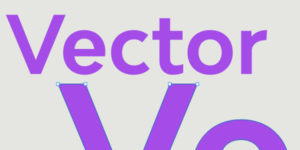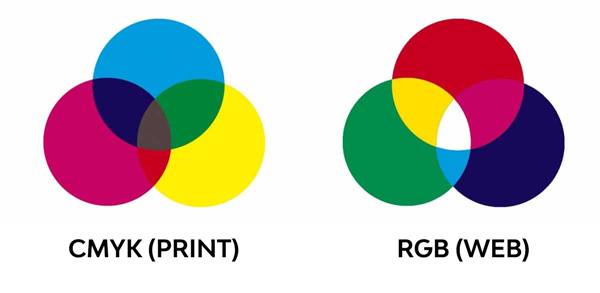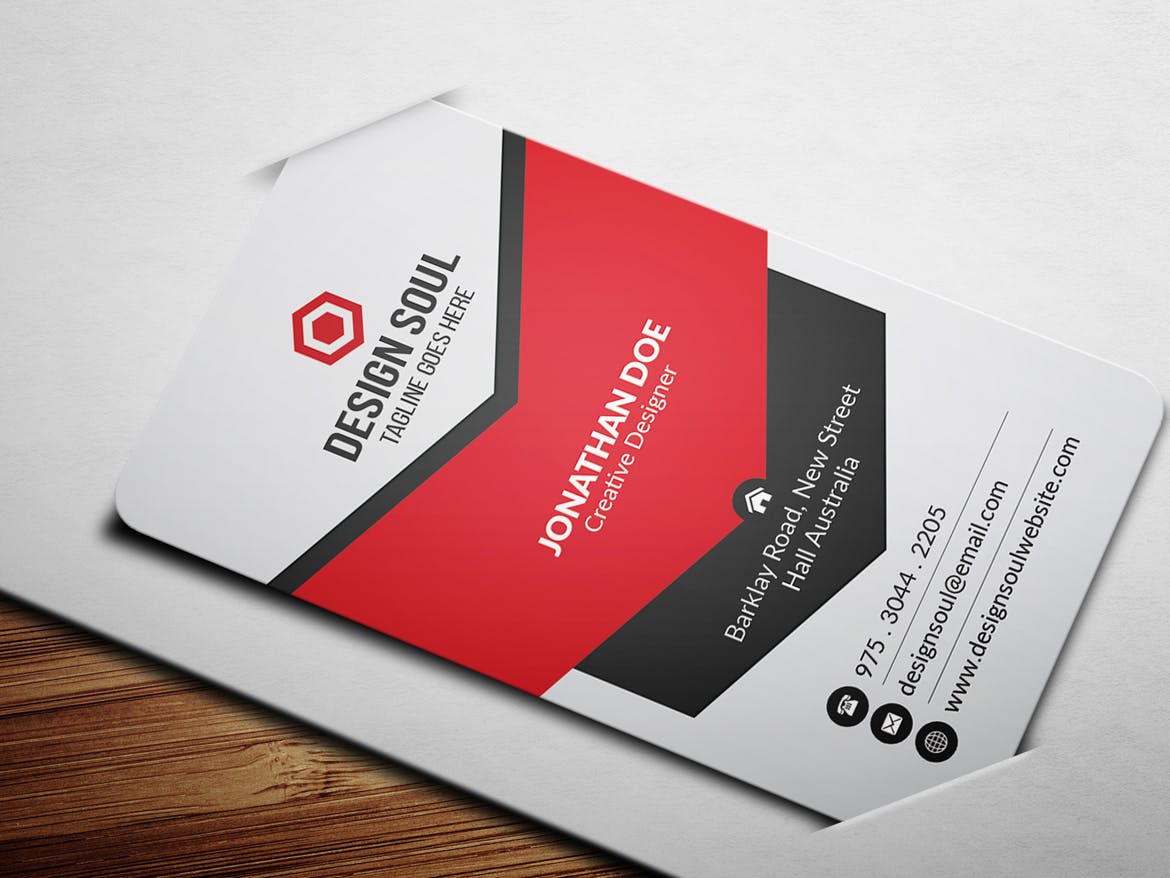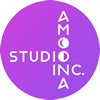“Quality” is a word used often, a word that can be an all-encompassing reference to everything that’s well and good in this world. Quality controlled, quality grass-fed beef, quality filtered tea bags, quality finish, etc. Even a popular saying, ‘Quality over quantity’, relies on the assumption you know exactly what quality means in that scenario. It seems like quality can be (and is) put in front of everything, trying to give the impression of a high class, a better product, a higher…quality.
Well, quality also includes design and printing materials. Quality can make the difference between a great first impression, and a poor one.
Why are first impressions so important?
Because often, that’s what people remember you by. How many times has someone you know marveled at how differently their first impression of you was from who they now know you to be? If it was a negative first impression, you’ve already dug yourself a small hole that will require work to get out of.
In business, first impressions are even more important, because sometimes, you only get one shot.1 Within 50 milliseconds of seeing someone’s face (and the first seven seconds of meeting2), you unconsciously make decisions that will influence your interactions, as early humans needed to quickly detect whether a person might deceive them or make for a suitable mate.3
While we can’t help you with evolution, or…that last part, we can help you with your designs and material quality (for tips on first impressions, see the links at end of this article).
As a small business, we are committed to the success of your design, and heavily involved in every step along the way. This means that we will make sure your design is professional and satisfactory before printing.
Since fully automated online print shops do not correct or double-check your design before printing, there are many problematic elements that you may not notice until it is too late.
A further positive for our quality: We use vectors, not pixels.
Why care about vector vs pixels? The answer depends on how much you care about image quality, and how big you plan on making your image. The bigger it gets, the more the disparity grows, but even for a small-scale item (like business cards) the difference can be seen. Pixelated files can end up blurry, whereas Vector files ensure the sharpness of the design remains professional.


RGB and CMYK are the two traditional colouring options for print and design, and professional designers use a CMYK color index to pick color so that the printed result won’t have a significant color difference.
Why should this matter? What you may not know is that what people see on their screen might look very different when printed, due to colouring differences with digital files and the screen. It is a gamble on uploading the correct CMYK file, a gamble you don’t need to worry about taking with us – we’ll ensure your design looks exactly the way you imagined it.

In terms of paper quality, here are a couple of general notes, rules of thumb, and good-to-know’s.
Thickness: For business cards, or really any other card, we recommend at least 16pt (paper thickness). Anything thinner, like our 13pt or 14pt options, is cheaper, but can also be flimsy, tears easier, and does not feel as solid and weighty in your hand.
When making a first impression, it is important that you and everything you present imply that you won’t be cutting corners in pursuit of success, but buying a cheap and thin business card signals exactly the opposite.
For more from us on paper stock quality, check out our blog here.

Finish: UV Laminated and High Gloss UV may appear similar, if not downright the same, when looking at the name. However, there is a key difference between the two.
Our UV Laminated finish is very white, popping in your hand, standing out against the rest. Whereas a High Gloss UV has a warm tone, a more subdued finish, which may be great if you’re trying to convey a calm, soothing, earthy mood and/or message. However, this also means it is not very noticeable, and tends to fade into the background when it is compared with other cards.
Premium Card Stocks: We offer several premium options for our card stocks, including rounded corners, soft touch, ultra thick, luxury, special size, and more! For examples of some of these products, check out our blog on Business Cards right here, which lists many of our premium offerings. If you’re looking for premium, specialty products, check out our blog on the matter here.
Why should premium card stocks interest you? Aren’t regular, standard options good enough?
Well, when you’re making your first impression, do you want to do your best to fit in, or stand out? The answer to this question will help gauge your interest in which products you may be interested in.

So, to conclude this post, let’s summarize.
Quality over quantity? Is it true? To some it may be, to some it may not, but with Amoona Studio, that’s not a question you need to ask yourself – you can have both.
So, next time you need to make a first impression, make sure it’s a quality one, and let Amoona Studio Inc help make that happen.








